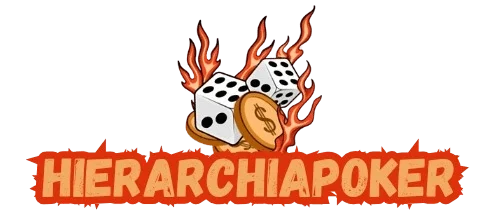When PlayStation arrived in the mid-1990s, it marked a turning point in gaming history. With a focus on mature storytelling, cutting-edge graphics, and a bold marketing approach, Sony introduced a new standard for what video games could be. The PlayStation was home to some of the best games of the era, including Resident Evil, Tekken, and mywifeixt.net/192-168-1-250/ Gran Turismo. It wasn’t just a game console—it was a cultural phenomenon.
The trend of excellence continued with every subsequent console release. PlayStation 2 remains the best-selling console of all time, largely because of the strength of its library. With groundbreaking games like Shadow of the Colossus, Devil May Cry, and Kingdom Hearts, it catered to a wide range of gamers and helped elevate the platform’s reputation. As consoles advanced to the PlayStation 3 and 4, the focus shifted toward storytelling and immersive gameplay. Games like The Last of Us, Horizon Zero Dawn, and Ghost of Tsushima helped define what it means to be a PlayStation-exclusive title.
The PSP added a new chapter to this story. Despite being a portable console, it refused to lower its standards. Many PSP games featured console-level production values, intricate plots, and robust mechanics. Games like Daxter, Syphon Filter: Dark Mirror, and Killzone: Liberation showed that action-packed gameplay could thrive in a portable format. The PSP even allowed for media playback, customization, and downloadable content—features that were ahead of their time.
What ties all these generations together is a dedication to delivering the best games possible. Whether on a living room TV or in the palm of your hand, PlayStation games offer consistently rich experiences that stand the test of time. This legacy continues to evolve, but its foundation remains strong, built on decades of excellence.
